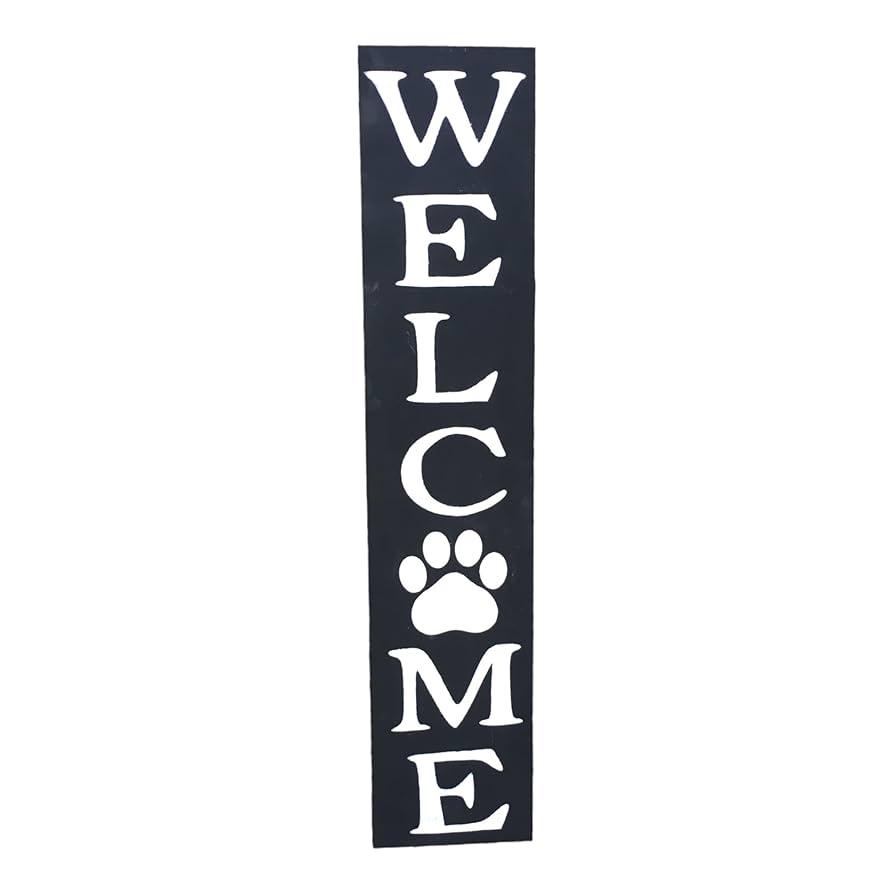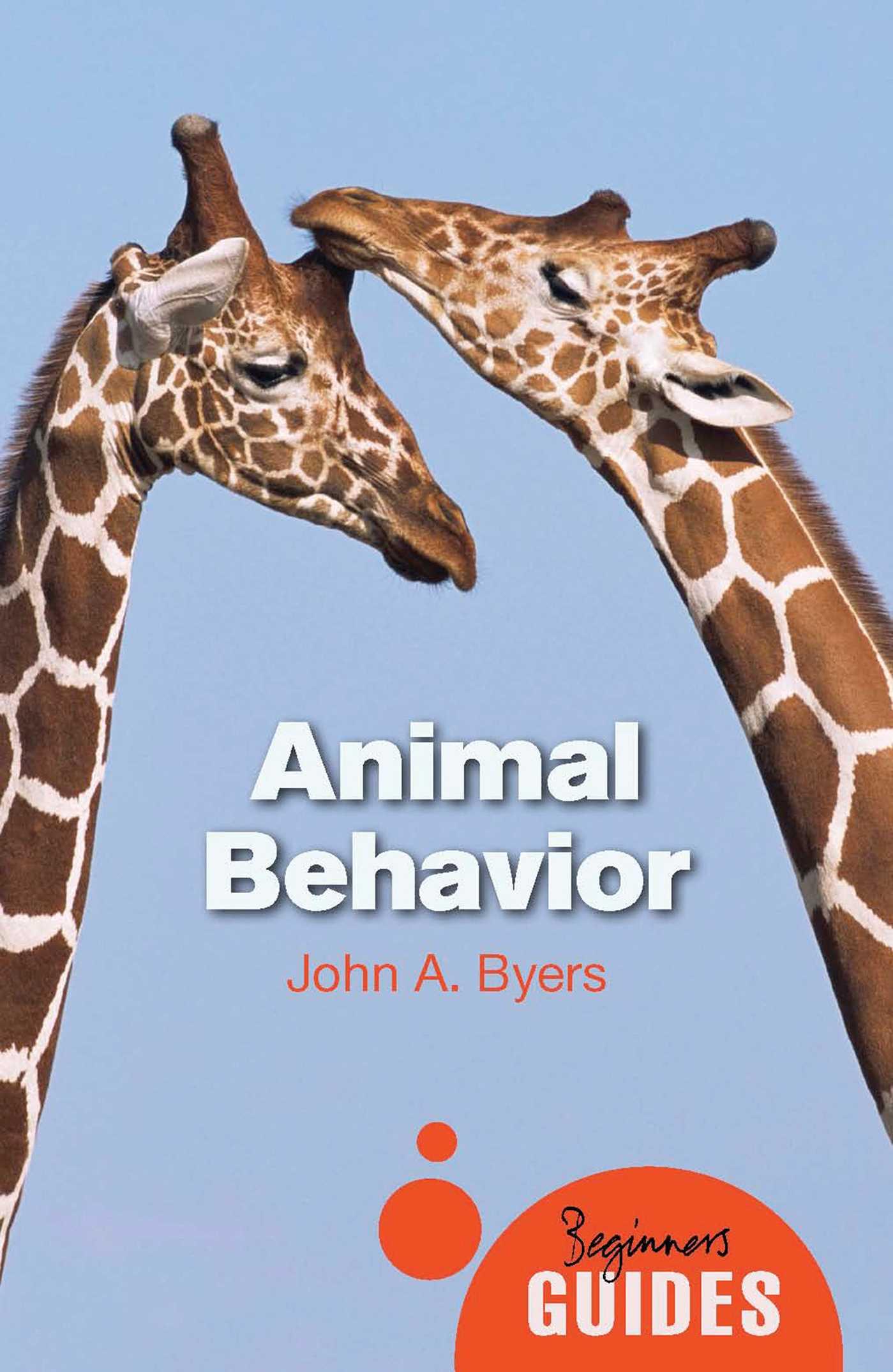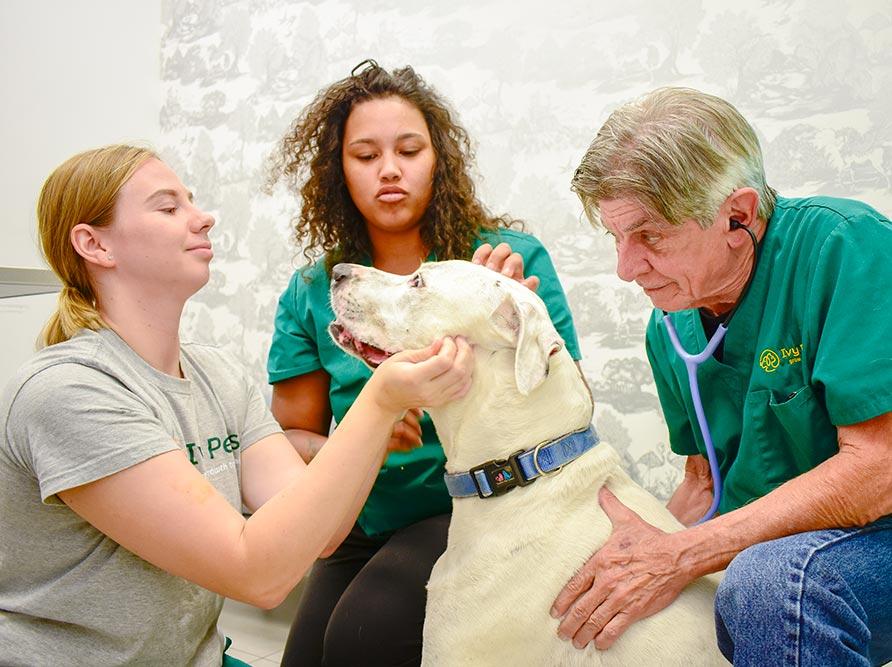
Welcoming Paws: A Guide to Safe Animal Introductions
Welcoming Paws: A Guide to Safe Animal Introductions
Bringing a new pet into your home can ignite feelings of excitement adn joy, but it also calls for a delicate approach to ensure harmonious coexistence with existing furry family members. The transition from a single-pet household to a bustling multi-pet environment presents unique challenges and opportunities for connection. In “Welcoming Paws: A Guide to Safe Animal Introductions,” we delve into the intricacies of introducing pets, exploring methods and strategies to foster positive interactions. Whether you’re expanding your family with a new dog, cat, or a more exotic companion, understanding the psychology of animals and their social behaviors is crucial. Join us as we unravel the essential steps to create a safe and welcoming environment, paving the way for friendships that enrich both your home and your life.
Table of Contents
- Understanding Animal Behavior for Compassionate Introductions
- Creating a Safe Environment for First Meetings
- Establishing Positive Associations Between Pets
- Navigating Conflict and Reinforcing Harmony
- Future Outlook

Understanding animal Behavior for Compassionate Introductions
Understanding the nuances of animal behavior is essential when introducing new pets into a household. Every animal has its own personality and experiences that shape its reactions to newcomers. By observing and interpreting these behaviors, we can facilitate a smoother introduction process. Key signs to look for include:
- body Language: Notice the position of their ears, tails, and body stance. A relaxed animal will have a neutral or slightly wagging tail, while a stiff posture may indicate stress.
- Vocalizations: pay attention to sounds.A growl can signal discomfort, while playful barks or meows often indicate curiosity.
- scent Marking: Animals use scent as a form of communication. Allowing them to explore each other’s scent can help reduce tension.
Interactions should always start slow and controlled to ensure a positive experience for both animals. Establishing a safe space for each pet will help them feel secure. Consider implementing strategies such as:
- Gradual Introductions: Allow them to see and smell each other from a distance before direct interaction.
- structured Meetings: Use leashes or barriers to control the introduction without overwhelming either animal.
- Positive Reinforcement: Reward calm behavior with treats, reinforcing that good things happen during the introduction.

Creating a Safe Environment for First Meetings
When introducing animals to one another for the first time, establishing a safe and supportive environment is crucial. Ensure that the meeting space is neutral and familiar to neither animal, which can definitely help reduce territorial behaviors. Setting the scene can include:
- Quiet background noise to minimize distractions and reduce anxiety.
- Pleasant spaces with plenty of room to explore without feeling cramped.
- Safe zones where each animal can retreat if they feel overwhelmed.
Before the actual introduction, it’s crucial to prepare the animals emotionally and physically. Consider the following steps to enhance their comfort level:
- Exercise the animals beforehand to help expend excess energy.
- Calm yourself to project a sense of security; animals can sense your emotions.
- Use positive reinforcement throughout the introduction to create a pleasant association with the presence of the other animal.

Establishing Positive Associations Between Pets
Creating a harmonious environment for your pets requires intentional efforts to foster positive feelings toward each other. One effective strategy is to facilitate guided interactions in a neutral setting. This prevents territorial behavior and allows pets to explore each other’s presence without the pressure of established boundaries. Arrange for short, supervised meetings where your pets can engage in activities that promote curiosity rather than confrontation. Offer plenty of praise and rewards for calm behavior, helping them associate each other with positive experiences.
An additional approach involves introducing stress-relief tools that can enhance the comfort levels of your animals during their initial encounters. Utilize items such as calming diffusers, soothing music, and soft blankets, to create an inviting space where they can feel safe. To help visualizing this approach, consider these tools:
| Tool | Benefit |
|---|---|
| Calming diffusers | Reduces anxiety and stress |
| Soothing music | Creates a tranquil atmosphere |
| Soft blankets | Provides comfort and security |
By integrating these elements, you enhance the likelihood of developing a friendly bond between your pets, making future interactions smoother and much more enjoyable.

Navigating Conflict and Reinforcing Harmony
When introducing new animals into the home,it’s crucial to navigate potential conflicts tactfully and maintain a harmonious atmosphere. Begin with gradual introductions, allowing pets to adjust to each other’s presence without direct interactions. Creating separate spaces for your current and new pets during the initial phase can significantly reduce stress and territorial disputes.Once they seem comfortable with each other’s scents, proceed to supervised meetings. Consider these vital tips for smooth transitions:
- Use positive reinforcement to reward calm behavior during introductions.
- Keep encounters short and gradually increase their length over time.
- Monitor body language for signs of stress or aggression.
- Remain calm and patient, as some friendships take time to develop.
An effective way to measure progress in your pets’ relationship is by maintaining a simple record of their behaviors. You can track positive interactions, as well as any signs of discomfort, to better plan future introductions. Here’s a basic table structure to help organise your observations:
| Date | Pet Name | Interaction Type | Behavior Observed |
|---|---|---|---|
| MM/DD/YYYY | Fido | Sniffing | Calm |
| MM/DD/YYYY | Whiskers | Chasing | Aggressive |
| MM/DD/YYYY | Bella | Sharing Space | Relaxed |
By cultivating an environment of understanding and empathy, you pave the way for a peaceful coexistence between your furry companions. Remember, adjustments may take time, but with the right approach, the bonds that form can enrich your household with joy and companionship.
Future Outlook
As we conclude our exploration of “Welcoming Paws: A Guide to Safe Animal Introductions,” it’s essential to remember that the journey of merging furry lives is both an art and a science.Each step taken towards fostering harmonious relationships between animals—whether through careful preparation, patient observation, or gentle encouragement—can lead to a more enriching life together. By embracing the principles outlined in this guide, you’re not only ensuring the safety and well-being of your pets but also creating a warm, inclusive environment where trust and companionship can flourish.
so, as you embark on this journey of introductions, keep in mind that patience is key, and every little milestone counts. With love, understanding, and a little bit of time, you will pave the way for your home to be filled with joyful barks, soft purrs, and shared moments that create lasting memories. May your household be a sanctuary of friendship and furry snuggles, where every welcome is a step toward a brighter, united future.





